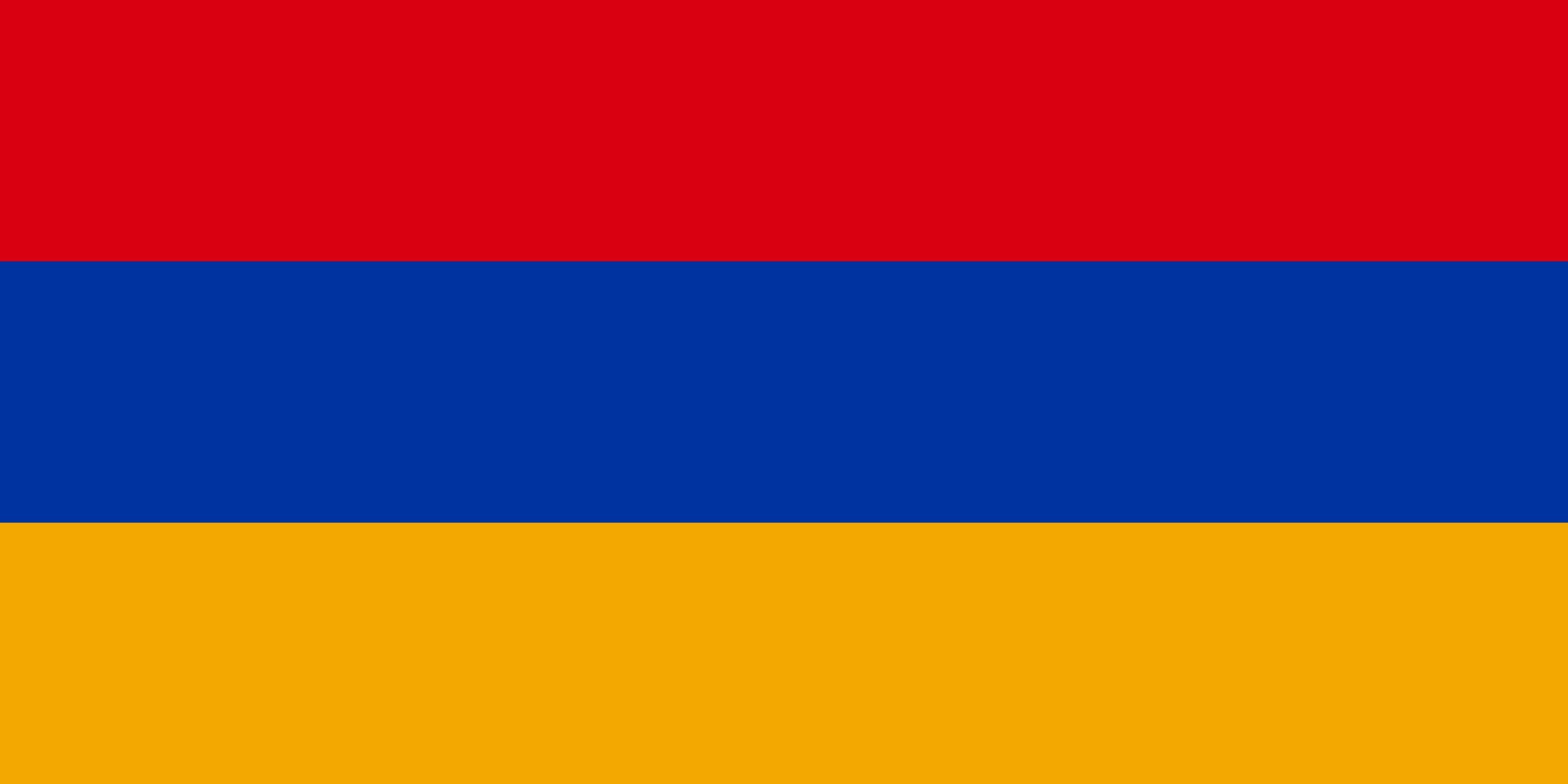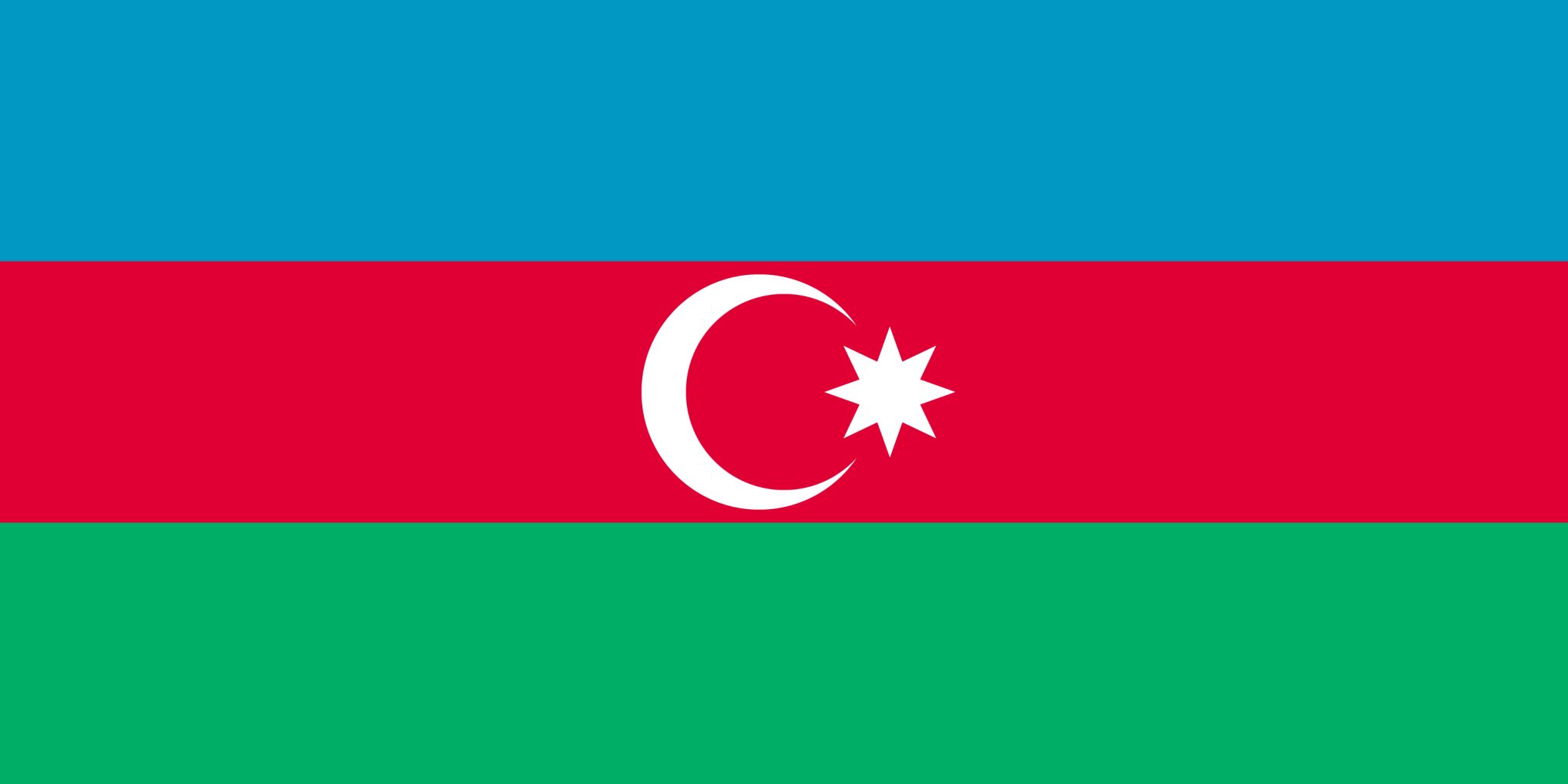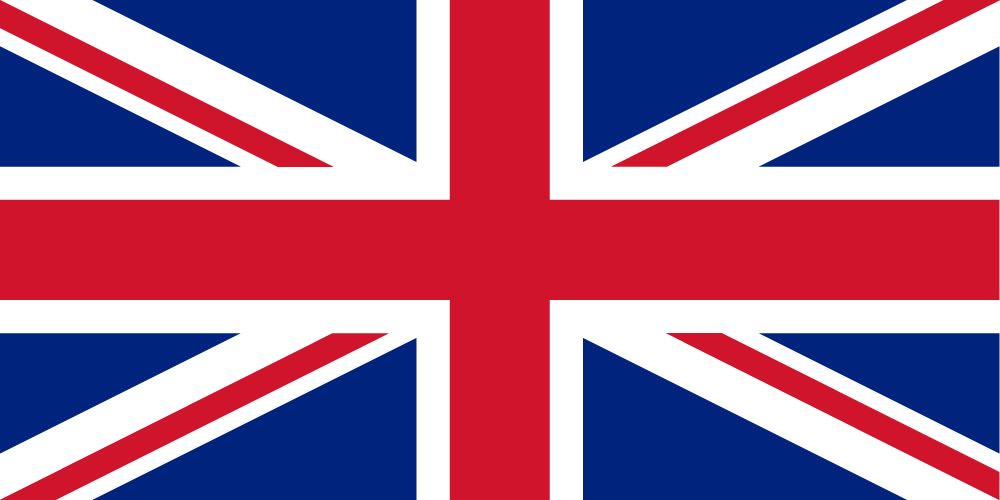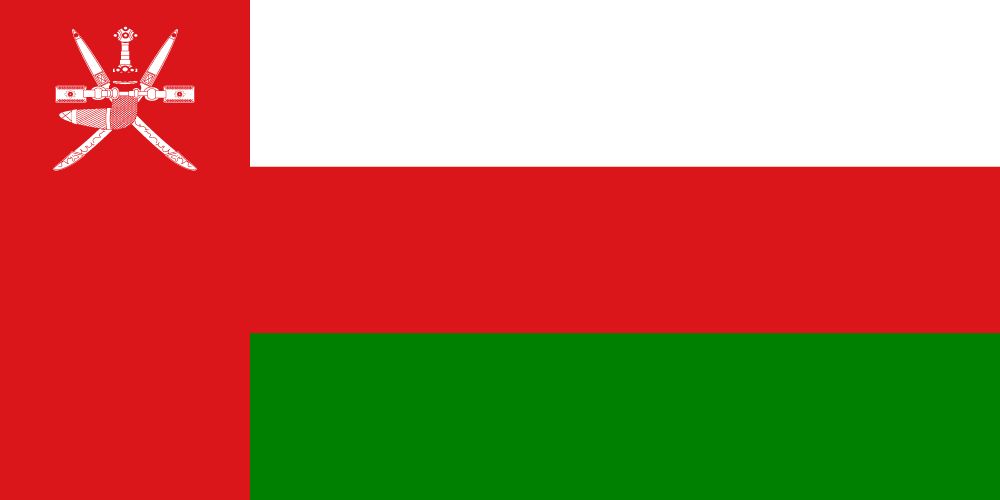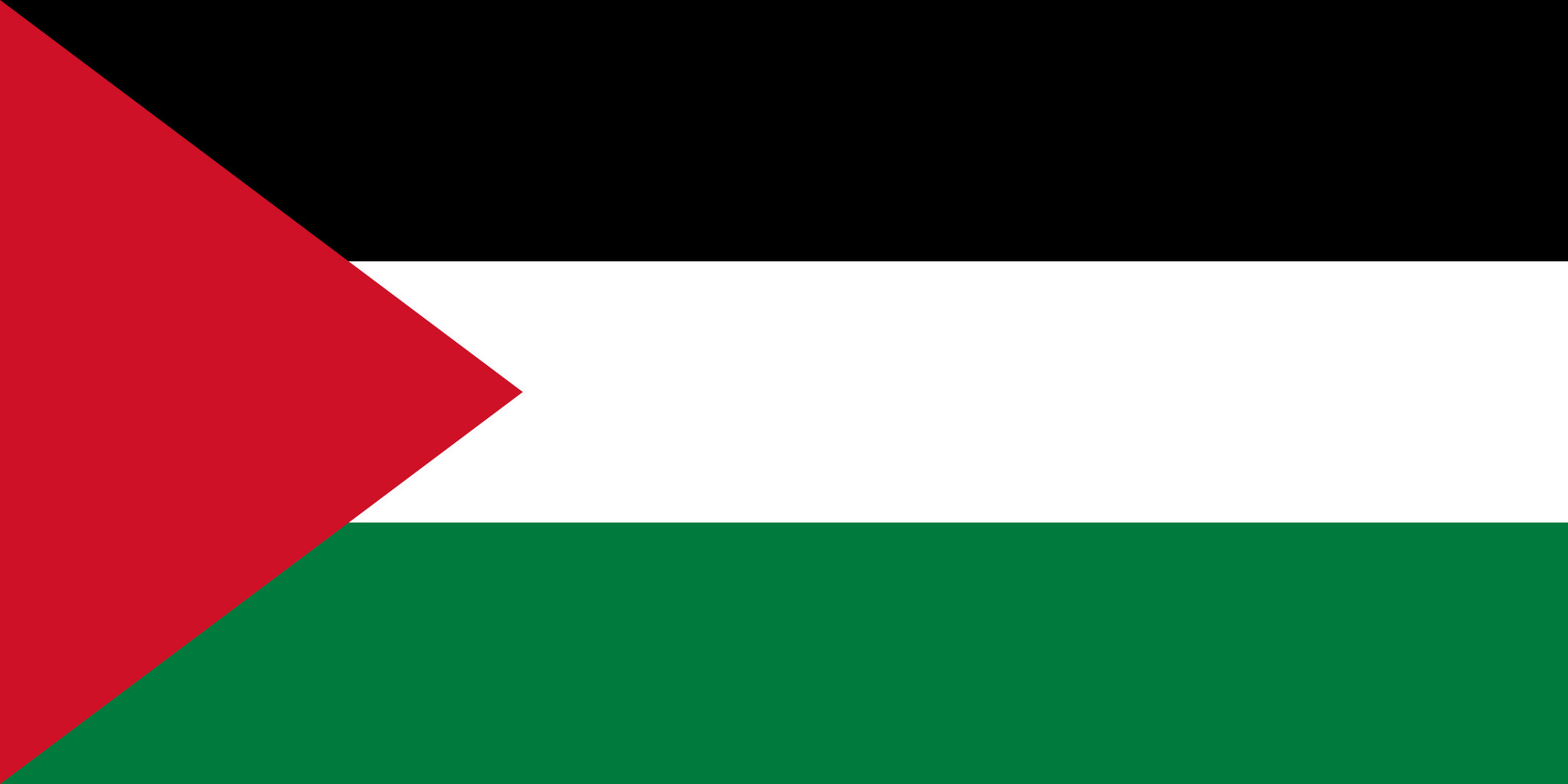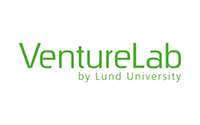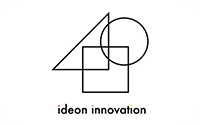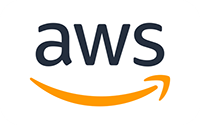Uşaqlar üçün Canlı 1:1 Kodlaşdırma Dərsləri
öz ana dilində
Əgər uşağınızın problem həll etmək, yaradıcılıq və proqramlaşdırma sahəsində müstəsna istedadını ortaya qoymasını istəyirsinizsə, Codiska öz sinfində ən yaxşı həlli təqdim edir: həm layihə əsaslı təlim materialları, həm də onların üstünlük verdiyi dildə ruhlandırıcı mentorlar.
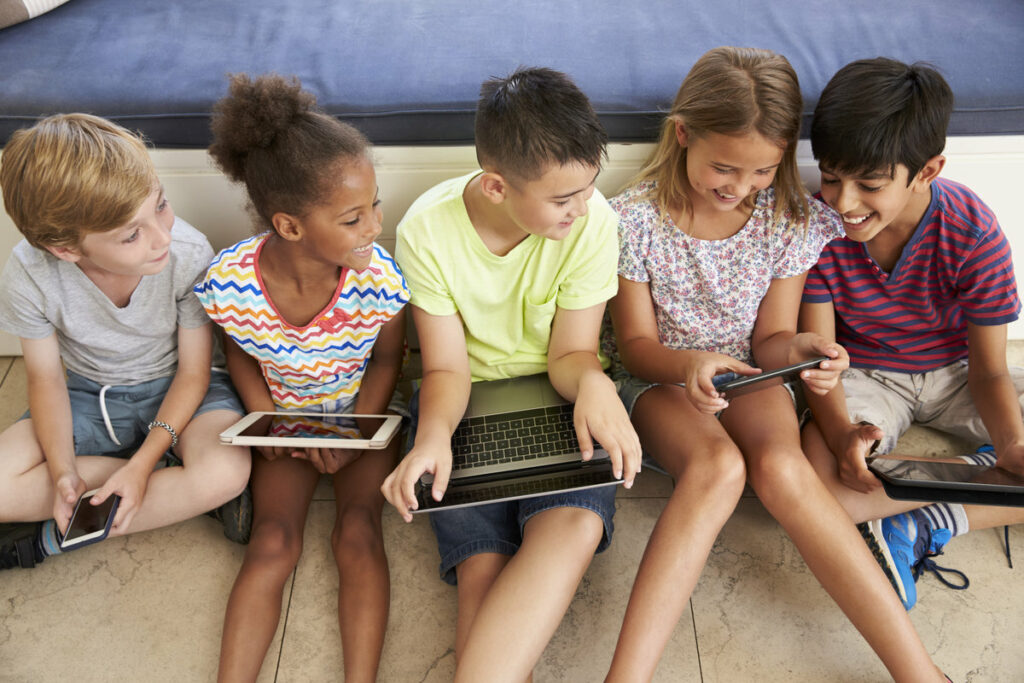
Problemlərin həlli, yaradıcılıq, ünsiyyət
Bütün uşaqların öz ana dilində öyrənmək və düşünmək hüququ var.
Bir çox uşaq kimsə onları dəstəklədikdə daha yaxşı öyrənir.
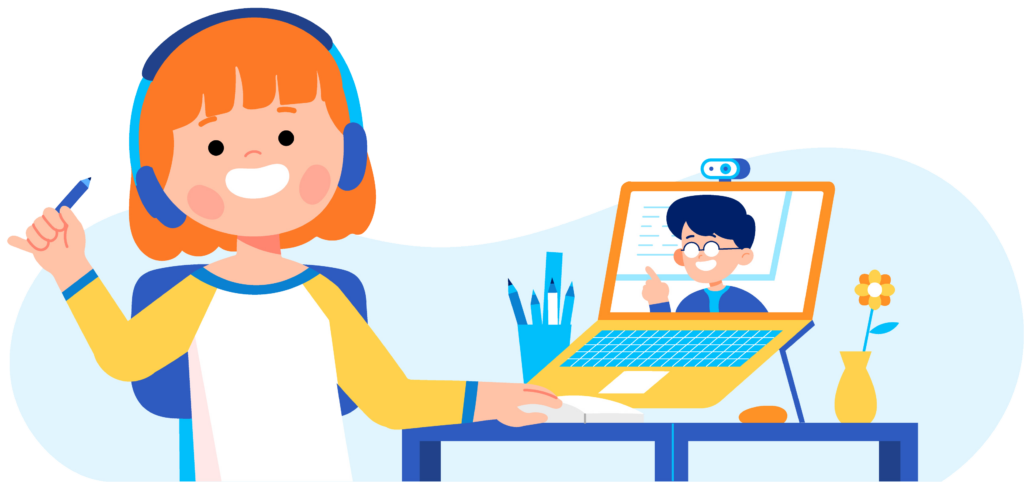
Layihə əsaslı öyrənmə
Həftəlik mərhələlərə bölünən hər ay üçün öyrənmə materialı və layihə.
Mentorluq Sessiyaları
Hər həftə 1-1 mentorluq sessiyası (hər seans 25 dəqiqə), layihənin gedişatı haqqında müzakirə və rəy bildirmək.
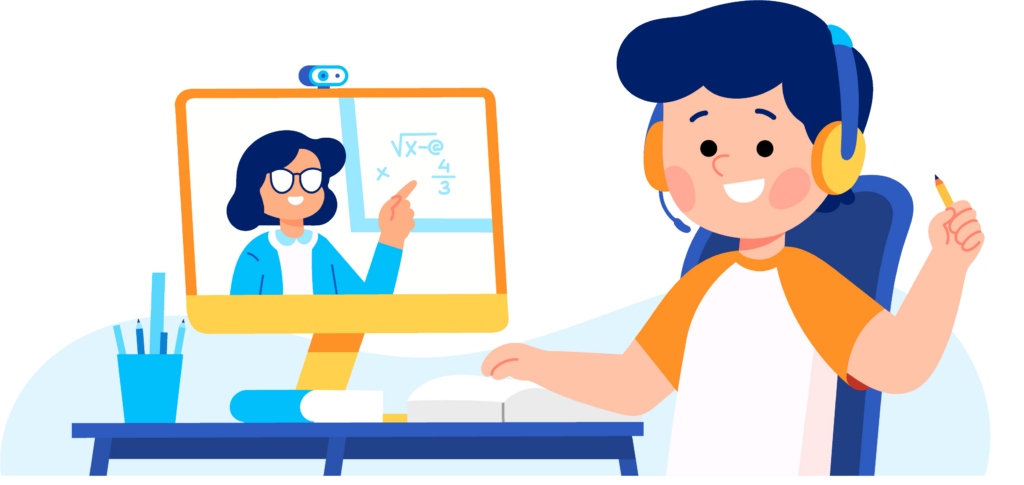
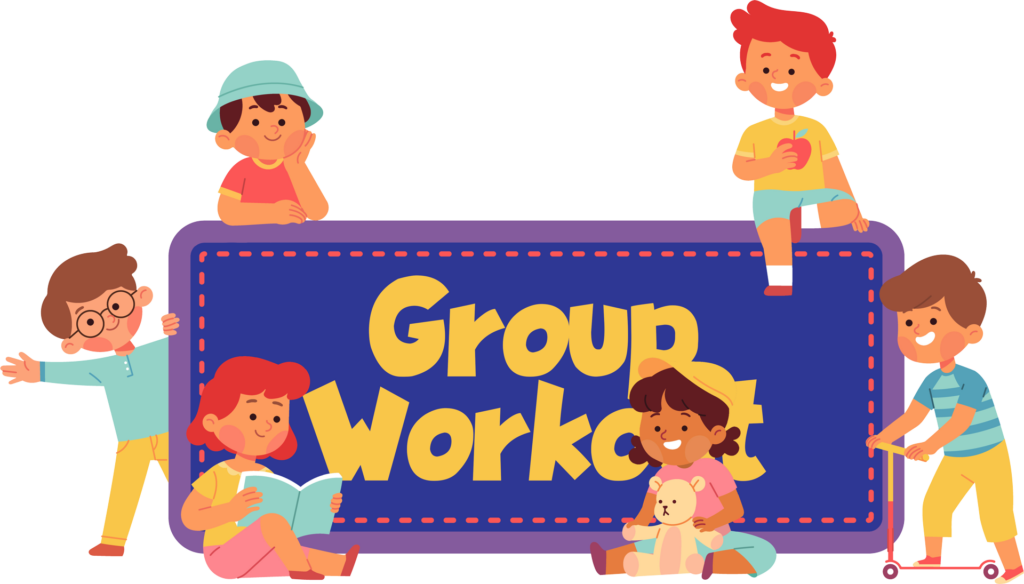
Qrup Sessiyaları
Uşağınızın ünsiyyət bacarıqlarını inkişaf etdirərək qrup yoldaşlarına layihə üçün unikal həllərini təqdim etdiyi həftəlik qrup sessiyaları.
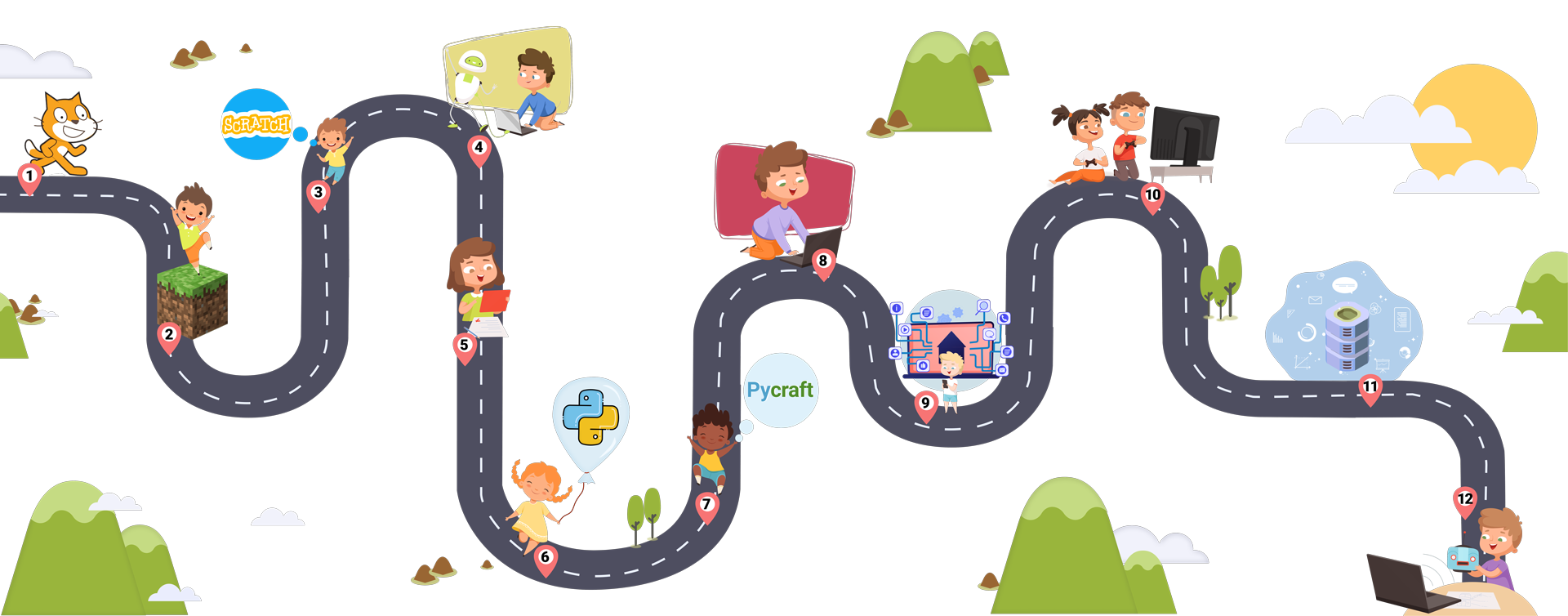
Scratch Junior is a visual programming language designed to introduce programming skills to children ages 5–7. By creating projects in ScratchJr, young children can learn to think creatively and reason systematically, despite not being able to read. Our Journey starts with Scratch Junior.
Minecraft is a sandbox video game where children can develop problem solving mindsets while enjoying its simplistic gameplay and having fun.
Scratch is a high-level block-based visual programming language and website targeted primarily at children 8–16 as an educational tool for programming. Users on the site, called Scratchers, can create projects on the website using a block-like interface.
Students will use the knowledge they’ve gained in the previous step. With the help of our own Scratch simulator, they can use Scratch to program Hamster, a tiny programmable robot, to follow simple tasks.
App Inventor is a web application integrated development environment originally provided by Google, and now maintained by the Massachusetts Institute of Technology. Students can learn to design and program applications on a simple level.
Python is an interpreted general-purpose programming language. Its design philosophy emphasizes code readability. Its language constructs as well as its object-oriented approach aim to help write clear, logical code. Students can learn basic python and programming using the python language.
The combination of Minecraft and Python coding, where students can see and experience their python codes in the simplistic and colorful world of minecraft.
Students will learn how to design and program websites and web pages by using Wordpress, a free and open-source content management system written in PHP.
In today’s world the Internet is used to connect many things besides computers. This course will teach students how to use the web to survey, control and access many systems remotely.
Using The Unity Engine, students can learn how to design and program games whilst learning to code and controlling Game physics and behaviors using C Sharp.
Data science combines previously learnt programming knowledge with statistical knowledge to create insight from a data set. Students will learn about Data Science and how to apply Data Science Skills to move onto the next step.
Machine learning is a subfield of artificial intelligence, which is broadly defined as the capability of a machine to imitate intelligent human behavior. Artificial intelligence systems are used to perform complex tasks in a way that is similar to how humans solve problems. Using the knowledge students have learned in the previous step, they can move onto learning about AI & Machine Learning.
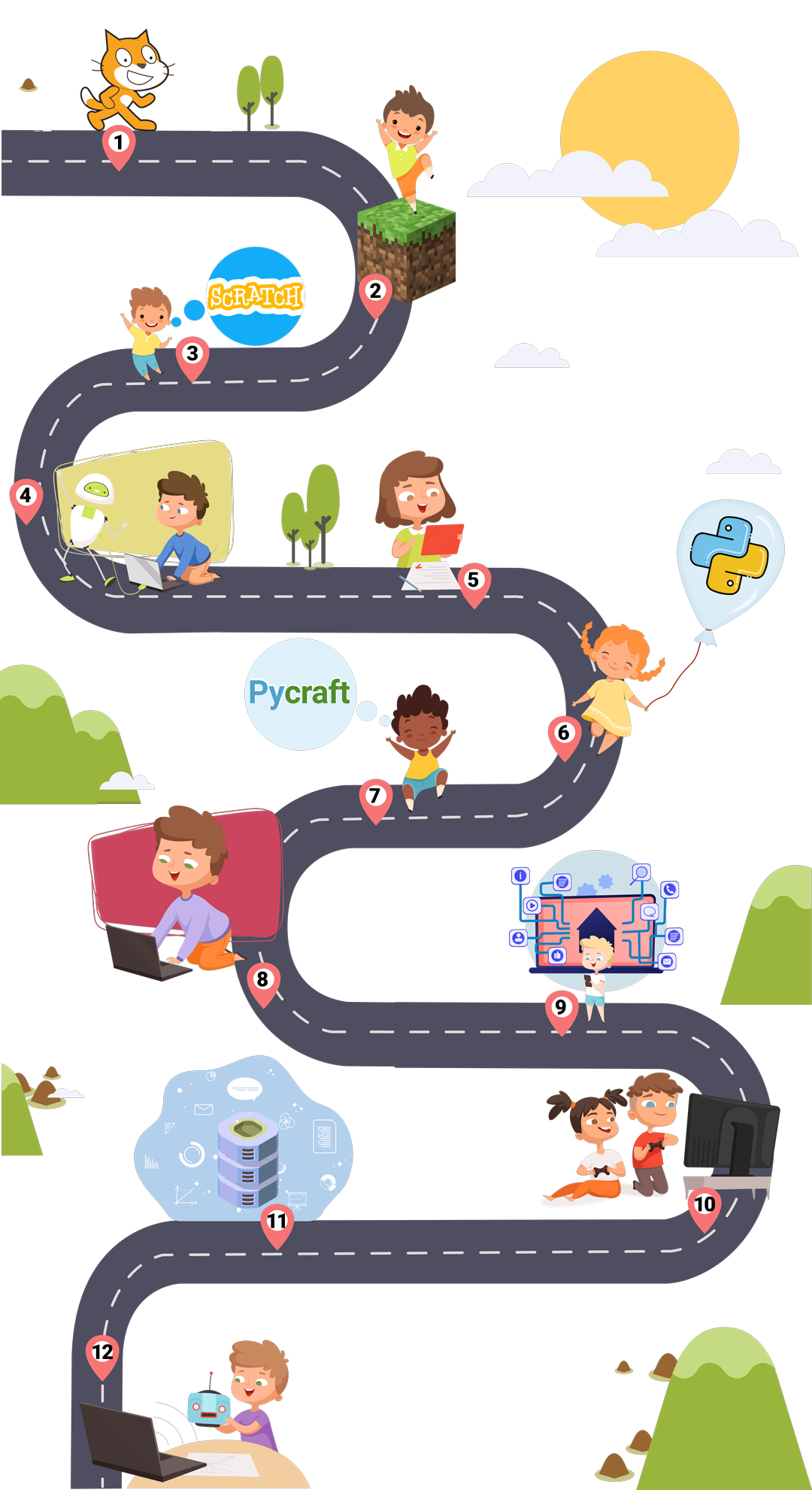
Scratch Junior is a visual programming language designed to introduce programming skills to children ages 5–7. By creating projects in ScratchJr, young children can learn to think creatively and reason systematically, despite not being able to read. Our Journey starts with Scratch Junior.
Minecraft is a sandbox video game where children can develop problem solving mindsets while enjoying its simplistic gameplay and having fun.
Scratch is a high-level block-based visual programming language and website targeted primarily at children 8–16 as an educational tool for programming. Users on the site, called Scratchers, can create projects on the website using a block-like interface.
Students will use the knowledge they’ve gained in the previous step. With the help of our own Scratch simulator, they can use Scratch to program Hamster, a tiny programmable robot, to follow simple tasks.
App Inventor is a web application integrated development environment originally provided by Google, and now maintained by the Massachusetts Institute of Technology. Students can learn to design and program applications on a simple level.
Python is an interpreted general-purpose programming language. Its design philosophy emphasizes code readability. Its language constructs as well as its object-oriented approach aim to help write clear, logical code. Students can learn basic python and programming using the python language.
The combination of Minecraft and Python coding, where students can see and experience their python codes in the simplistic and colorful world of minecraft.
Students will learn how to design and program websites and web pages by using Wordpress, a free and open-source content management system written in PHP.
In today’s world the Internet is used to connect many things besides computers. This course will teach students how to use the web to survey, control and access many systems remotely.
Using The Unity Engine, students can learn how to design and program games whilst learning to code and controlling Game physics and behaviors using C Sharp.
Data science combines previously learnt programming knowledge with statistical knowledge to create insight from a data set. Students will learn about Data Science and how to apply Data Science Skills to move onto the next step.
Machine learning is a subfield of artificial intelligence, which is broadly defined as the capability of a machine to imitate intelligent human behavior. Artificial intelligence systems are used to perform complex tasks in a way that is similar to how humans solve problems. Using the knowledge students have learned in the previous step, they can move onto learning about AI & Machine Learning.

